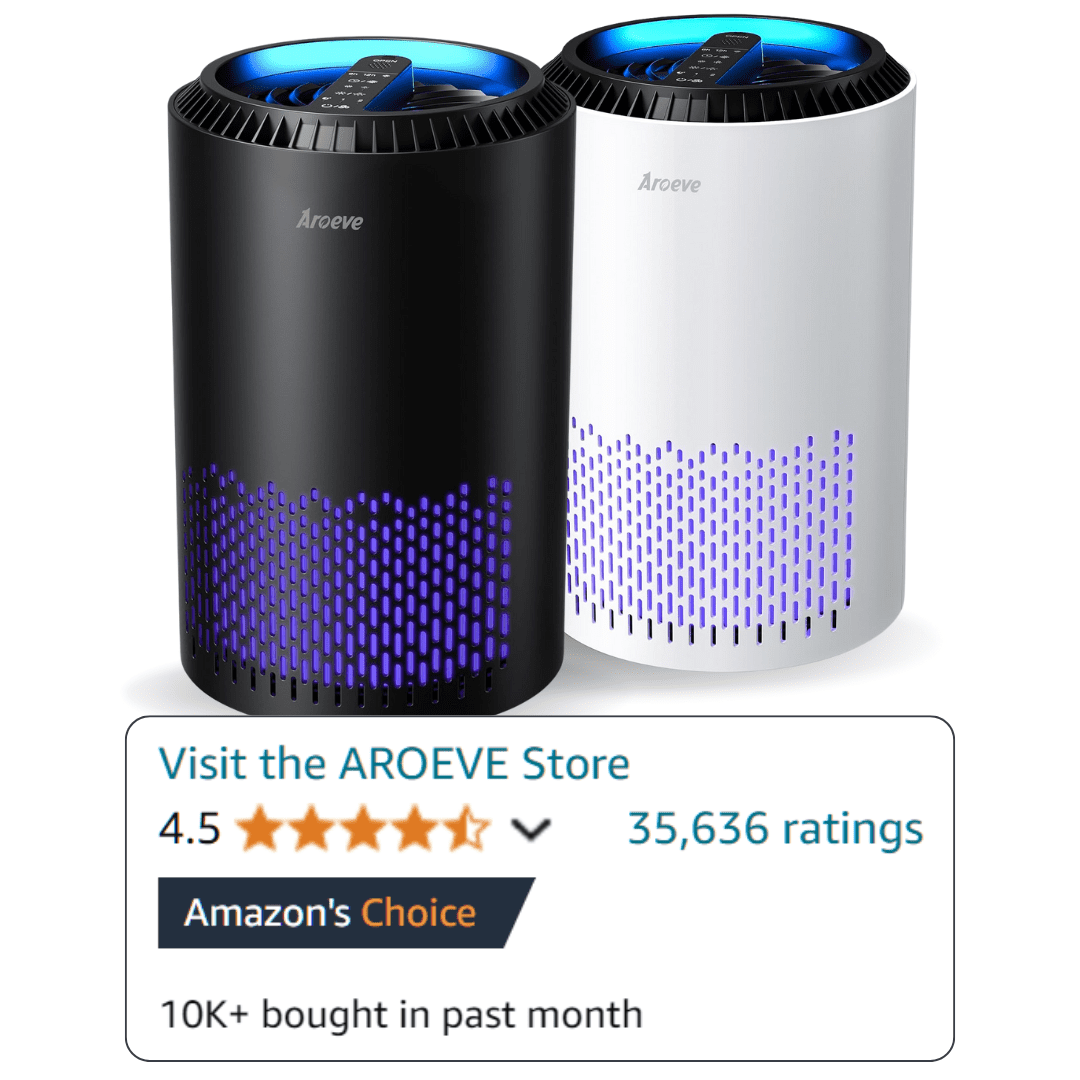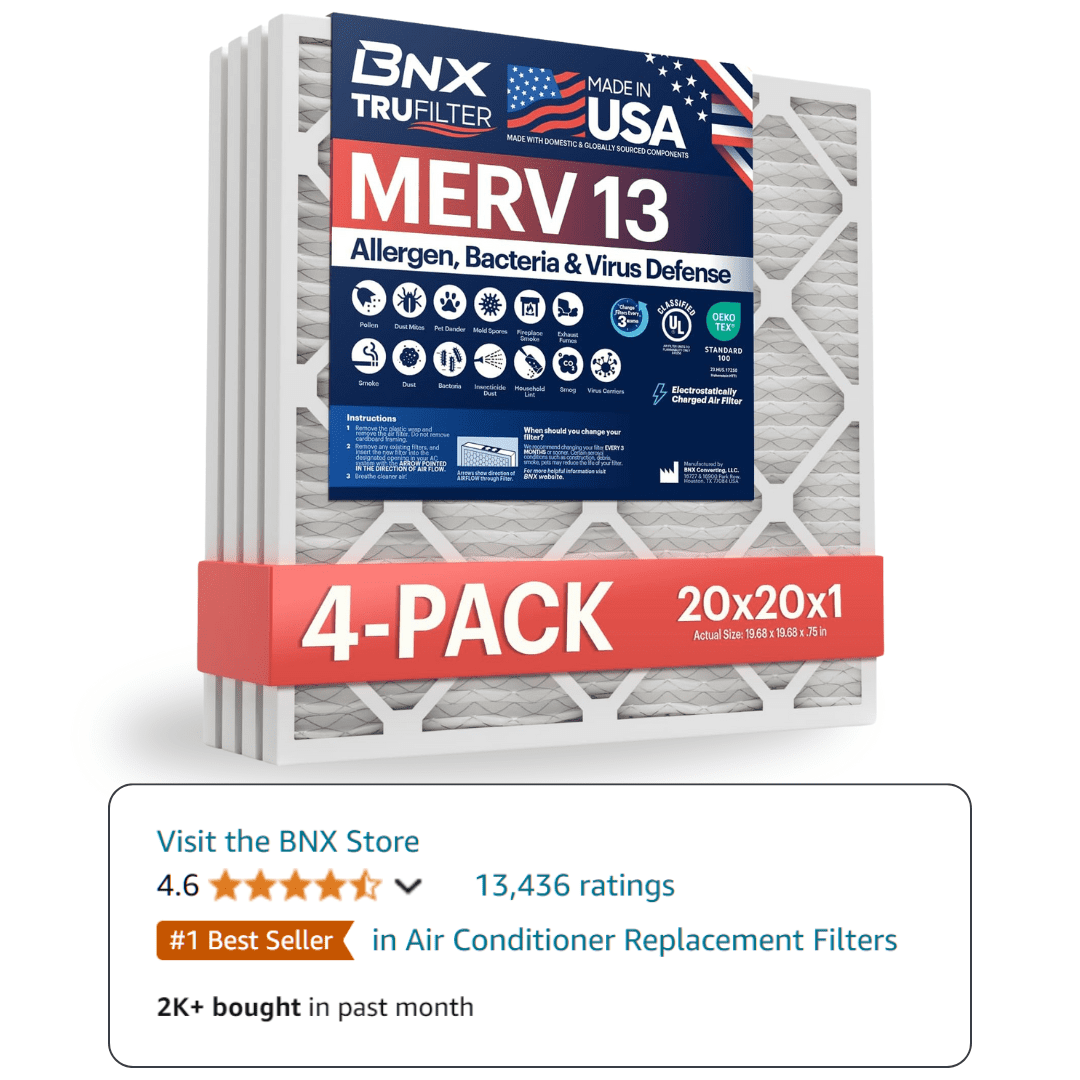Understanding Uncomfortable Humidity Levels
The Science Behind Humidity Discomfort
Humidity is the amount of water vapor in the air. Relative humidity (RH) is the percentage of water vapor present compared to the maximum the air can hold at that temperature. When RH is too high or too low, your body and your home react in specific, measurable ways.
ASHRAE Standard 55, the industry benchmark for thermal comfort, sets the ideal indoor RH between 30% and 60%. The EPA agrees, recommending 30-50% for most homes. Outside these ranges, discomfort and health risks increase.
How Your Body Responds to High and Low Humidity
High humidity (above 60%) makes it hard for sweat to evaporate. This leaves you feeling sticky, hot, and tired. Your body can’t cool itself efficiently, so even moderate temperatures feel oppressive. Low humidity (below 30%) dries out your skin, eyes, and respiratory tract. You may notice dry lips, itchy skin, and more static electricity.
People with allergies, asthma, or respiratory issues are especially sensitive to humidity extremes. NIH studies show that both high and low RH can worsen symptoms and increase the risk of illness.
Measuring Humidity in Your Home
The only way to know your home’s humidity is to measure it. Use a digital hygrometer for accurate readings. Place it in living areas, bedrooms, and basements. Check readings at different times of day and in different seasons. If you see condensation on windows or feel clammy, your RH is likely too high. If you get shocks from doorknobs or have dry skin, it’s probably too low.
Specific Humidity Thresholds That Cause Discomfort
High Humidity Discomfort (Above 60%)
When RH rises above 60%, most people start to feel sticky and uncomfortable. At 70% or higher, mold, dust mites, and bacteria thrive. The Mayo Clinic warns that high humidity can trigger allergies and asthma, and even healthy people may feel lethargic or have trouble sleeping.
Case Example: In a recent summer, a family in Houston saw their indoor RH spike to 75%. They reported musty odors, visible mold on walls, and constant sweating. After installing a whole-home dehumidifier, their RH dropped to 45%, and symptoms disappeared.
Low Humidity Problems (Below 30%)
Low RH dries out mucous membranes, making you more vulnerable to colds and respiratory infections. Static electricity increases, and wood furniture or floors may crack. The EPA notes that viruses survive longer in dry air, raising the risk of illness.
Case Example: In Denver, a homeowner noticed frequent nosebleeds and static shocks every winter. Their hygrometer showed RH at 22%. Adding a humidifier raised RH to 40%, and symptoms stopped.
The Goldilocks Zone: 30-50% Relative Humidity
The most comfortable and healthy range is 30-50% RH. This “Goldilocks zone” is supported by ASHRAE, the EPA, and NAFA. Within this range, you’ll avoid most comfort and health issues, and your home’s structure and contents will last longer.
Signs You’re Living in Uncomfortable Humidity
Physical Symptoms of High Humidity
- Persistent sweating, even at moderate temperatures
- Sticky skin and clothing
- Trouble sleeping due to feeling hot or clammy
- Worsening allergies or asthma
Health Issues from Low Humidity
- Dry, itchy skin and eyes
- Sore throat or dry cough
- Frequent static shocks
- Nosebleeds, especially in winter
- Increased respiratory infections
Home Damage Indicators
- Condensation on windows or walls (high RH)
- Musty odors or visible mold (high RH)
- Warped wood floors or furniture (low RH)
- Cracking paint or plaster (low RH)
- Peeling wallpaper
If you notice these signs, check your RH with a hygrometer and compare to the recommended range.
Solutions for Uncomfortable Humidity Levels
Dehumidification Strategies
If your RH is above 60%, start with these steps:
- Use exhaust fans in bathrooms and kitchens
- Run air conditioning, which removes moisture
- Install a whole-home dehumidifier for persistent problems
- Fix leaks and improve drainage around your home
For more on professional humidity control solutions, see our guide to indoor air quality solutions.
Humidification Methods
If your RH is below 30%, try:
- Adding portable or whole-home humidifiers
- Placing water basins near heat sources (for small rooms)
- Air-drying laundry indoors (in moderation)
- Sealing drafts and improving insulation
For more on ventilation for humidity control, visit our home ventilation systems resource.
HVAC System Optimization
Modern HVAC systems can monitor and adjust humidity automatically. Smart thermostats with humidity sensors, variable-speed air handlers, and integrated humidifiers/dehumidifiers offer precise control. Annual HVAC maintenance ensures your system is working efficiently.
If you need help, contact local HVAC humidity experts for a professional assessment.
Professional vs DIY Humidity Control
When to Call IAQ Professionals
If you have persistent humidity problems, visible mold, or health symptoms, call a certified IAQ professional. They can test your air, inspect your HVAC system, and recommend targeted solutions. Look for certifications from ASHRAE, NAFA, or the EPA.
Cost-Effective DIY Solutions
For minor issues, DIY fixes like portable humidifiers, exhaust fans, and weatherstripping can help. Always monitor RH with a hygrometer to track results. If problems persist, professional help is worth the investment.
Long-term Investment Analysis
Whole-home humidity control systems cost more upfront but save money by protecting your home and health. Mold remediation, wood repairs, and medical bills from humidity-related illness can be far more expensive. Investing in professional solutions pays off over time.
Frequently Asked Questions
- What humidity level makes you feel sticky and uncomfortable?
Most people feel sticky when RH rises above 60%. Sweat can’t evaporate, so your skin stays damp. - Is 70% humidity too high for a house?
Yes. At 70% RH, mold and dust mites thrive, and most people feel very uncomfortable. - What humidity level causes breathing problems?
Below 30% RH dries out airways, while above 60% RH increases allergens. Both extremes can cause or worsen breathing issues. - How do I know if my house humidity is too high?
Look for condensation on windows, musty odors, or visible mold. Use a hygrometer for accurate readings. - What’s the most comfortable humidity level for sleeping?
40-50% RH is ideal for restful sleep and healthy breathing. - Can high humidity make you sick?
Yes. High RH promotes mold, dust mites, and bacteria, which can trigger allergies and illness. - How quickly can I fix uncomfortable humidity?
Portable units can change RH in hours. Whole-home systems may take a day or two to stabilize levels. - What humidity level prevents static electricity?
Keep RH above 35% to reduce static shocks. - Do I need professional testing for humidity problems?
If you have persistent issues or health symptoms, professional humidity testing services are recommended. - Where can I find more information on professional humidity control solutions?
See our indoor air quality solutions and local HVAC humidity experts.
References and Further Reading
- ASHRAE Standard 55 – Thermal Environmental Conditions for Human Occupancy
- EPA Indoor Air Quality
- Mayo Clinic: Humidity and Health
- NIH: Humidity and Respiratory Health



